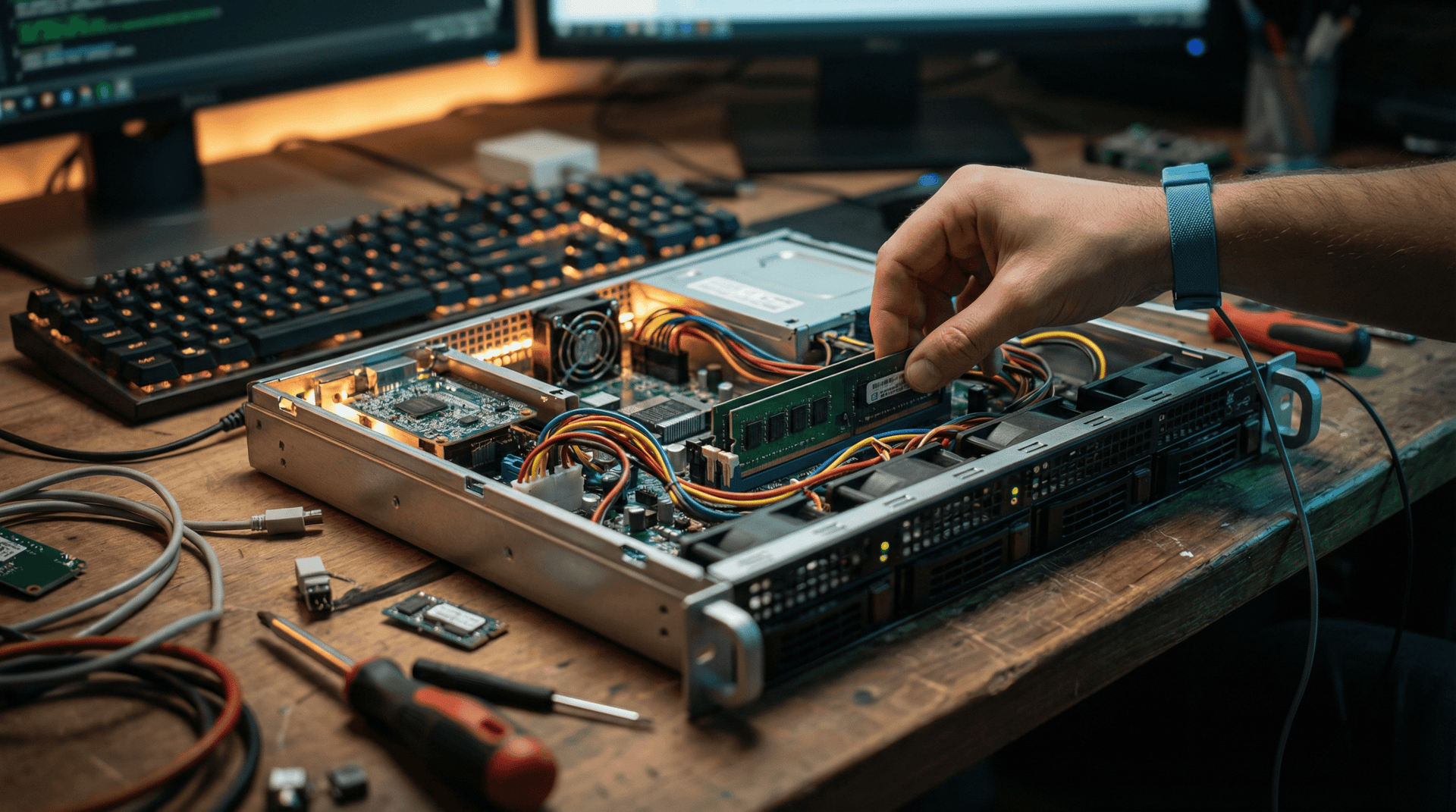
Upgrading my servers to CentOS 7
==PLEASE NOTE: THESE INSTRUCTIONS ARE NOW OUTDATED, SEE THIS POST FOR AN UPDATE==
After I dabbled with CentOS 7 a few weeks ago I decided to take the plunge and upgrade the few servers I run at DigitalOcean to CentOS 7. I run two machines, one is a Puppet and Salt Master, the second runs Docker.
Puppet Master Server
A while back I added a few bash scripts to deploy both a Puppet Master & Agent to GitHub, as Puppet provide a repo for CentOS 7 I decided to just update the installation script to use this repo and then give ago. I use stephenrjohnson/puppet to deploy the Puppet Master. the Puppet part worked, however it failed to install Passenger and its Apache module because there is no mod_passenger available for CentOS 7 yet. To get around this I grabbed the require packages from The Foremans nightly builds repo. This turned the initial yum install line into the following;
yum install -y vim-enhanced git puppetlabs-release-el-7.noarch.rpm epel-release-7-0.2.noarch.rpm mod_passenger-4.0.18-9.5.el7.x86_64.rpm rubygem-passenger-native-4.0.18-9.5.el7.x86_64.rpm rubygem-passenger-native-libs-4.0.18-9.5.el7.x86_64.rpm rubygem-passenger-4.0.18-9.5.el7.x86_64.rpm rubygem-rack-1.4.5-3.el7.noarch.rpm rubygem-rack-doc-1.4.5-3.el7.noarch.rpmApache Configuration
Now everything was being installed correctly, however Apache refused to start due to the following error;
Invalid command ‘RackAutoDetect’, perhaps misspelled or defined by a module not included in the server configurationThis was due to the presence of RackAutoDetect Off and RailsAutoDetect Off in the puppet_passenger.conf.erb file. Once these two lines were removed everything worked.
The final script can be found here
Puppet Configuration
I have had my base Puppet Configration on GitHub for a while. So my next move was to grab a copy of the configuration and try it. For the most part this worked, there were a few errors though.
- man was not available so was removed
- jwhois was replaced with whois
- The firewall module was not able to use iptables-save even though iptables was installed and configured, installing iptables-services resolved this
The rest of the packages and configuration worked as expected.
Docker Server
This time I tried the Puppet Agent install script, it worked first time;
curl -fsS [https://raw.githubusercontent.com/russmckendrick/puppet-install/master/agent](https://raw.githubusercontent.com/russmckendrick/puppet-install/master/agent) | bash -s puppet.master.comOnce I had Puppet installed I ran puppet agent — test and was greeted with lots of NGINX errors, but thats all. Everything else worked as expected.
NGINX
The only issue here was the Puppet module I am using to install and configure NGINX was using http://nginx.org/packages/rhel/6/ I updated it to use http://nginx.org/packages/centos/7/ and hey presto, server is back to working as before.
Conclusion
In all, other than having to tweak some packages to get services running it wasn’t as bad as I thought it would be. Considering the release is still less than a month old I expected to have to do a lot more work than I did to get everything up and running how I had it previously.
So would I run it production?
Yes & No. If I was running a service which didn’t anything other standard repository packages then I would have no problem running it in production, for some of the none standard stuff like the Puppet Master server, I would give it a few more weeks until the required packages start to filter down to more production ready repositories.
Share
Related Posts

OpenShift Origin installation notes
Follow my guide to install OpenShift Origin on a CentOS 6.5 DO droplet. Get step-by-step instructions & troubleshoot issues.

Consul Docker Cluster
Set up Consul cluster on Docker with Docker Machine & Swarm for service discovery, using shared private IPs for networking.

Jenkins
Discover Jenkins for automation on CentOS 7 with NGINX SSL setup. Orchestrate tasks efficiently!